Posing questions: A day out at the Wonder Factory
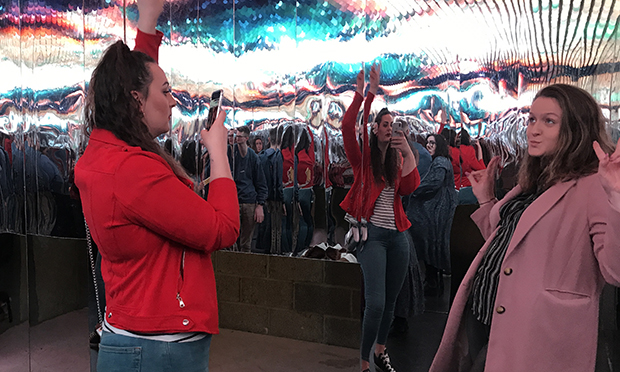
What would I make of Wonder Factory, Dalston’s new pop-up “experience”?
I anticipated some awkwardness. The installation, which is open until the end of February, consists of 15 “wonderous” rooms which serve mostly as backdrops for photographs.
The venue’s website is vague when explaining what the concept actually is – “Dive into WONDER”, “Embrace the SPECTACULAR”.
When I arrived, visitors were crawling, phones in hand, through a mirrored tunnel in order to enter the first space.
What struck me is what I saw when I looked up: the bare brick and cement walls of Dalston Works (supposedly the world’s largest cross-laminated timber building).
To me, that contrast could ruin a sloppily framed, albeit glossy-looking selfie, but no-one seemed to care.
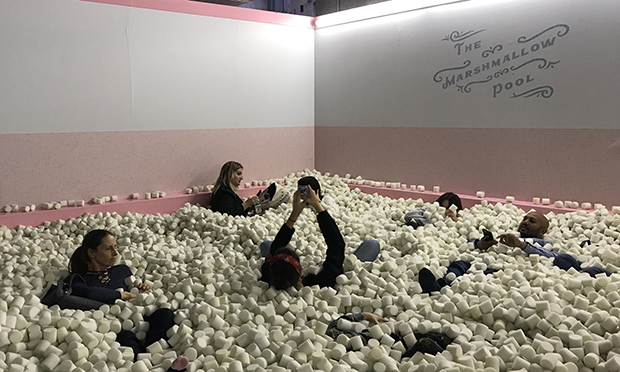
I visited the installation on my own and ended up taking pictures of the décor for the sole reason of mirroring everyone else.
Mostly, people were posing and photographing themselves, because there is not much else you can do.
“I didn’t see anyone just taking pictures of the backdrops,” Nkenna Morgan-Odileke, a 21-year-old student told me. “That would have been odd. [The installation] was definitely for pictures of people. There were big gaps where you’re supposed to be.”
Some rooms proved more popular than others. The first, made up of bright blue walls and a sand floor, was empty. The second, lit by tiny lights, was filled with Pilates balls. I sat alone in the dark.
Eventually, I joined other humans in a fanciful room full of full-length mirrors. Colour-changing bulbs lined the ceiling, flicking intermittently between different shades of red, green, blue, and yellow.
Two women were taking pictures of one another, and one said: “I can’t wait to watch this back when I’m really sad.”
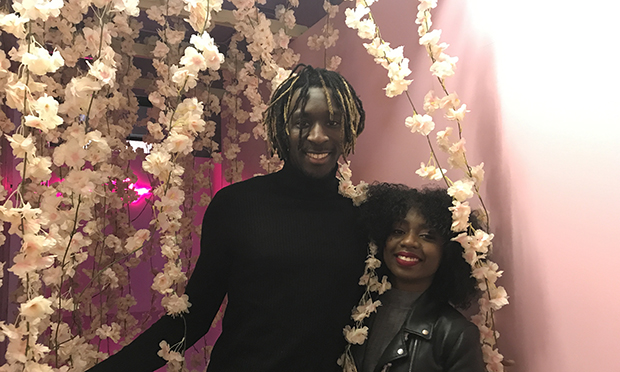
At this point, I was confused. Founder Mark Johnson, wearing a beige trench coat over a blue hoodie, greeted me with a warm smile.
“People like to take photos of themselves because it’s a nice backdrop for Instagram but I wanted to try and make a fun experience,” he explained.
I wonder what, exactly, is the experience?
Writing in the New York Times, journalist Amanda Hess asked herself the same question when she visited a similar installation.
She concluded: “By classifying these places as experiences, their creators seem to imply that something happens there. But what? Most human experiences don’t have to announce themselves as such.”
Like other spaces that owe at least part of their fame to their Instagram look, Wonder Factory is so obviously designed to make you pose. What else would you do in a mirrored room?
“Everything else [that I post on Instagram] is nights out that I’ve had, outfits I’ve had, selfies I’ve taken in my own house,” Nkenna said. “Whereas here it’s almost like you pretend you’re at a photoshoot because there’s no reason I’d ever be by a pink phone box, and there’s no reason I’d ever be in a pool of marshmallows.”
One white room, sparsely decorated with black boxes, had people queueing up while a group of girls took turns posing.
Standing in a corner, still alone, I mused on the joy of possessing a nice picture of oneself forever.
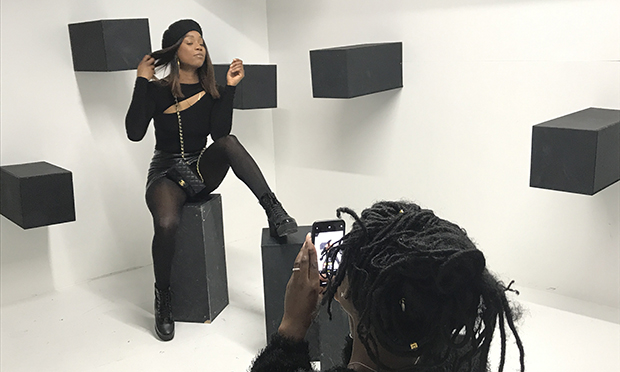
Nkenna, who came to get “cute pictures” with her girlfriend, described the place as “very millennial”.
Aesthetically, it ticks nearly all the boxes in the list of things we have come to associate with millennial culture. Pink everything, fairy lights, a somewhat minimalist interior.
Personally, I thought it was missing a couple of miniature succulents on the windowsill.
“It’s got that element of, well actually you don’t need millions of pounds or a Vogue contact to do this. You can just walk into a space in Dalston and do it yourself,” said Donna Travis, an artist who runs Future Hackney, a local project dedicated to documenting social change through street photography.
Nkenna echoed that: “This sounds really silly, but it’s kind of fun to pretend that you’re almost like an influencer because you have these backdrops.”
Johnson was no stranger to the concept either.
“I keep getting contacted by people who claim to be influencers on Instagram,” he told me.
People with large followings requested tickets in exchange for promotion, but the organiser was skeptical.
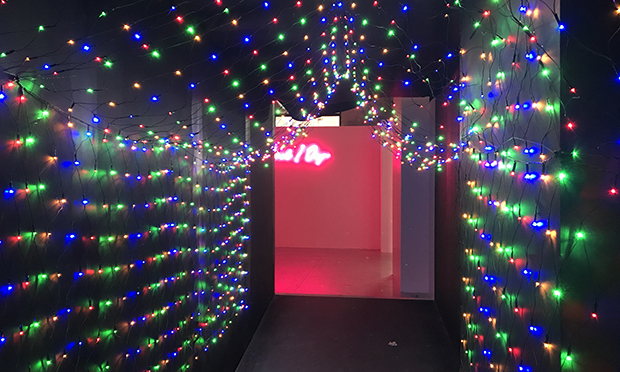
“If they’re going to post something, they might have a hundred hearts or something with 15,000 followers so there’s not a huge amount of engagement. Whereas when you get regular people coming here, they might only have 100 followers but they’ll get 30 people liking their photo.”
A ticket costs £9, which Johnson says is a significantly lower price than activities such as escape rooms or secret cinema.
But for Travis, who has lived in Hackney her whole life, the price might still exclude the borough’s more disadvantaged people.
“I think £9 is reasonable for the wealthier citizens of Hackney but for the ones that are struggling, that’s an awful lot of money. I imagine some of them are spending that on food every week,” she said.
Travis, who collaborates with many local initiatives, said there are lots of organisations to partner with and suggests the Wonder Factory offers a quota or reduced price for people on benefits for example.
I left the pop-up feeling simultaneously lighter and heavier than I arrived.
Like any self-hating millennial, I semi-ironically laughed at the idea of an interactive photogenic experience.
Ashamed by vanity and conflicted by what makes something Instagram-worthy, I could not help but dread the place.
Instead, I realised people were genuinely having fun.
Speaking of how it feels to have one’s photo taken, Travis told me: “It’s affirmation of identity. People feel that they’re included, that they’re part of something.”
